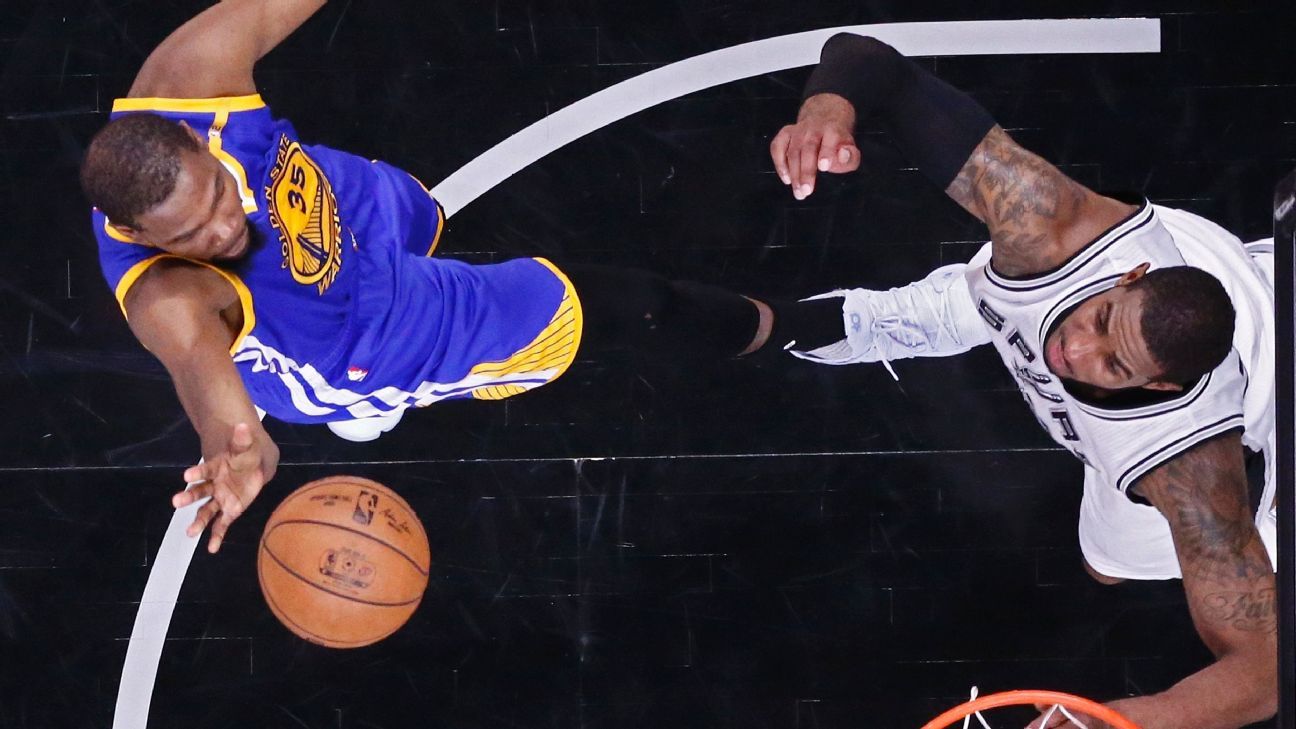
/cdn.vox-cdn.com/uploads/chorus_image/image/69153897/usa_today_15913891.0.jpg)
In 1930, Clifford Van Beek designed the board game National Pastime, which contained customized baseball cards of Major League Baseball (MLB) players. Later games featured outcomes determined by dice rolls or spinners. The tabletop game Sebring Parlor Base Ball, introduced in 1866, allowed participants to simulate games by propelling a coin into slots on a wooden board. The history of fantasy games can be traced to the 19th century. In fantasy sports, as in real sports team owners draft, trade, and cut (drop) players. These point systems can be simple enough to be manually calculated by a "league commissioner" who coordinates and manages the overall league, or points can be compiled and calculated using computers tracking actual results of the professional sport. This performance is converted into points that are compiled and totaled according to a roster selected by each fantasy team's manager.

These teams compete based on the statistical performance of those players in actual games. A fantasy sport (also known less commonly as rotisserie or roto) is a game, often played using the Internet, where participants assemble imaginary or virtual teams composed of proxies of real players of a professional sport.


 0 kommentar(er)
0 kommentar(er)
